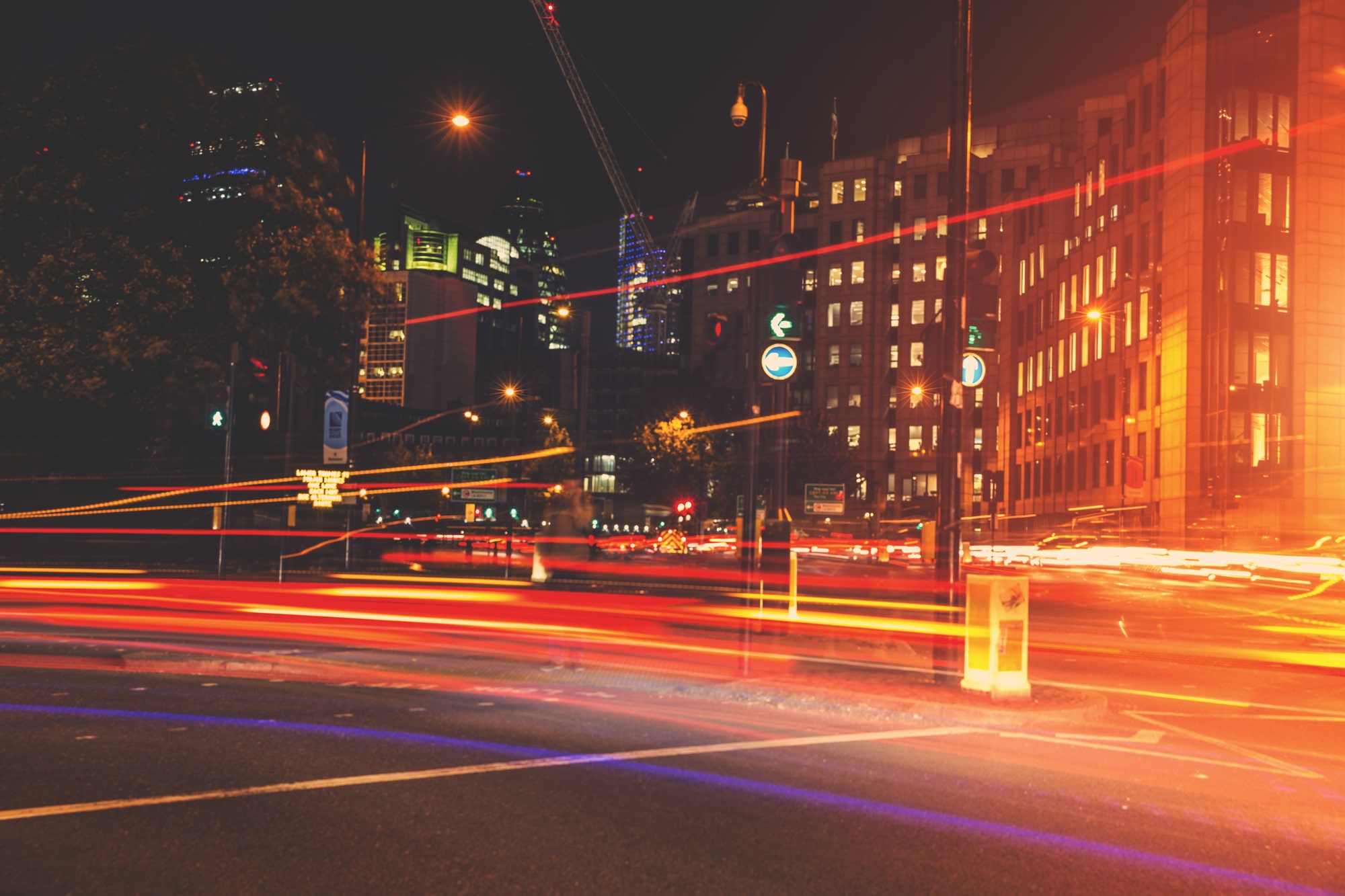AI and Machine Learning models promise to bring significant benefits to initiatives aimed at improving urban livability, making smart cities more efficient and providing a better quality of life.
Indeed, such technologies can be used to improve:
● Urban traffic management
● Road safety
● Crime control
● Urban route and air pollution monitoring
● Urban transport networks
● Healthcare.
Urbanization also brings with it several issues related to the emergence of new and increasingly complex demands for services and functions related to public life. Demands that IoT devices and the automation of operations through artificial intelligence can help meet. The Digital Agenda of the European 2020 Strategy envisions a future for cities in the European Union that benefits from the development of Information and Communication Technologies (ICT).
Thousands of cameras and sensors are being added to every nook and cranny of cities to meet security and environmental monitoring needs. This creates new challenges for activities such as information storage, management, privacy protection, and real-time communication. Both people and objects can now be sources of such information, exponentially increasing the need to manage it optimally. IA and IoT: what potential for Smart Cities?
IA and IoT: what potential for Smart Cities?
Smart cities are cities that promise a high quality of life and low resource consumption through the intelligent integration of information and communication systems. Smart cities aim to improve transportation and reduce pollution, for example by implementing bike and car-sharing networks.
With the implementation of AI-driven technologies and data sharing, it will be possible to implement more efficient and environmentally sustainable transportation programs. With IoT devices, a huge amount of data is being generated that AI can help process in a short time and on a larger scale.
We can then use artificial intelligence to provide useful analysis in the areas of:
● Implementation of new public transportation routes
● Optimization of the water supply network
● Evaluation of population growth
● Evolution of urban growth in relation to the environment.
Typically, such tasks must be performed by human minds and can take up to years between gathering information and processing it to draw conclusions. Thanks to artificial intelligence, however, these tasks can be performed much faster. With deep learning mechanisms, the effectiveness of such mechanisms will only increase.
Predictive models are proving to be very valuable in increasing the effectiveness of information collected from connected devices such as smartphones and cameras through the Internet of Things.
AI algorithms already perform many automated tasks related to computer-processed images, such as:
● Identifying objects
● Understanding their position in space
● Semantic understanding of human faces and body positions
● Understanding depicted environmental situations (e.g. fires, traffic accidents...).
With the potential of AI, we can, for example, create heat maps of air quality and trace major pollution events back to their causes on the ground. AI can improve parking management by collecting data from drivers' mobile phones, and investigate better waste collection measures by providing workers with data on the routes they take. Not to mention the safety potential of AI in smart devices, such as street lights that can monitor what is happening nearby.
Harnessing the potential of AI and real-time connected IoT devices will enable improved quality of life, more resource-efficient solutions, enhanced business opportunities, and attracting investment through better-performing infrastructure in smart cities.
